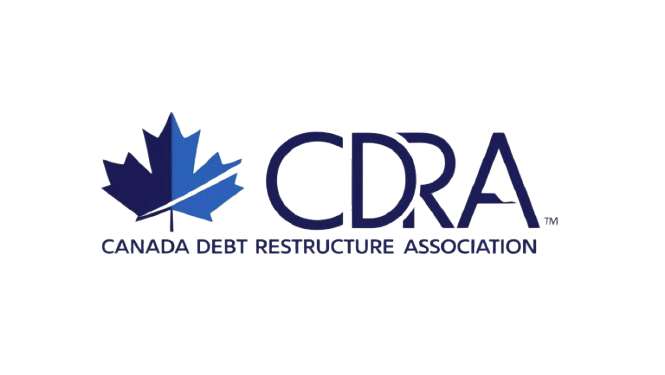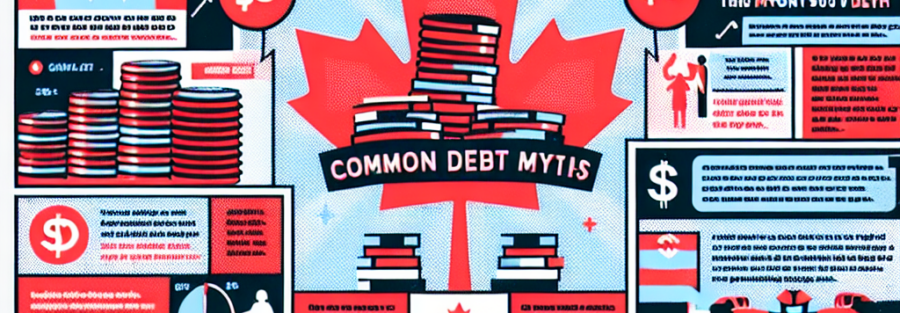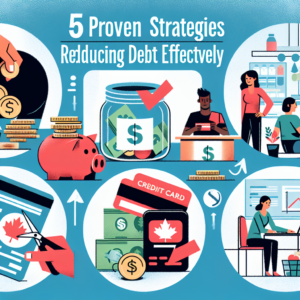Debt can be a daunting experience for many Canadians, often shrouded in misconceptions that can lead to poor financial decisions. As individuals navigate through their financial journeys, understanding the realities of debt management becomes essential. This article aims to debunk some common myths surrounding debt in Canada and provide essential insights that can guide individuals towards making informed decisions regarding their financial health.
Understanding the Most Common Debt Misconceptions in Canada
One prevalent misconception is that carrying some debt is inherently bad. In reality, not all debt is created equal. For instance, “good debt,” such as student loans or mortgages, can be an investment in one’s future, potentially leading to increased earning potential and asset accumulation. Conversely, “bad debt,” such as high-interest credit card debt, can quickly spiral out of control and negatively impact one’s financial stability. Recognizing the difference between these debt types is crucial for developing a healthy financial strategy.
Another myth is that all debt leads to bankruptcy. While it’s true that excessive debt can lead to financial distress, bankruptcy is not the only option for those struggling with debt. Many Canadians find themselves in challenging situations due to unexpected life events, but there are various avenues for debt relief, such as debt consolidation, negotiating with creditors, or entering into a consumer proposal. Understanding these alternatives can empower individuals to address their debt without resorting to bankruptcy.
Furthermore, many Canadians believe that they must pay off their debts entirely before they can begin saving or investing. This misconception can prevent individuals from taking advantage of compound interest and other financial growth opportunities. In reality, it is often beneficial to strike a balance between paying off debt and investing in savings or retirement plans. Small, regular contributions to savings accounts, even while managing debt, can help build a safety net and contribute to long-term financial health.
Essential Insights to Navigate Canadian Debt Realities
To effectively navigate debt in Canada, it is important to start with a comprehensive understanding of one’s financial situation. Creating a detailed budget that accounts for income, expenses, and debt obligations can provide clarity and help identify areas where adjustments can be made. By tracking spending habits and analyzing financial patterns, individuals can gain insights into their financial behavior and make more informed decisions moving forward.
Another essential insight is the importance of maintaining a good credit score. Many Canadians are unaware of how much their credit score can impact their ability to secure loans or favorable interest rates. Regular monitoring of one’s credit report can help identify discrepancies and enable proactive measures to improve or maintain credit scores. Timely payments and responsible credit utilization are key factors that contribute to a positive credit history, making them crucial aspects of managing debt effectively.
Lastly, seeking professional advice can be invaluable for anyone struggling with debt. Financial advisors and credit counselors can provide tailored solutions based on individual circumstances, helping to create realistic repayment plans and strategies. Many non-profit organizations in Canada also offer free or low-cost services to guide individuals through their debt challenges. Leveraging these resources can provide the necessary support to regain control over one’s financial future.
In conclusion, debunking common debt myths in Canada is essential for fostering a better understanding of personal finance. By recognizing that not all debt is detrimental, exploring alternatives to bankruptcy, and balancing debt repayment with savings, Canadians can make informed financial choices. By adopting sound budgeting practices, monitoring credit scores, and seeking professional guidance, individuals can navigate their debt realities more effectively. Ultimately, the journey to financial stability is attainable with the right knowledge and resources at one’s disposal.



